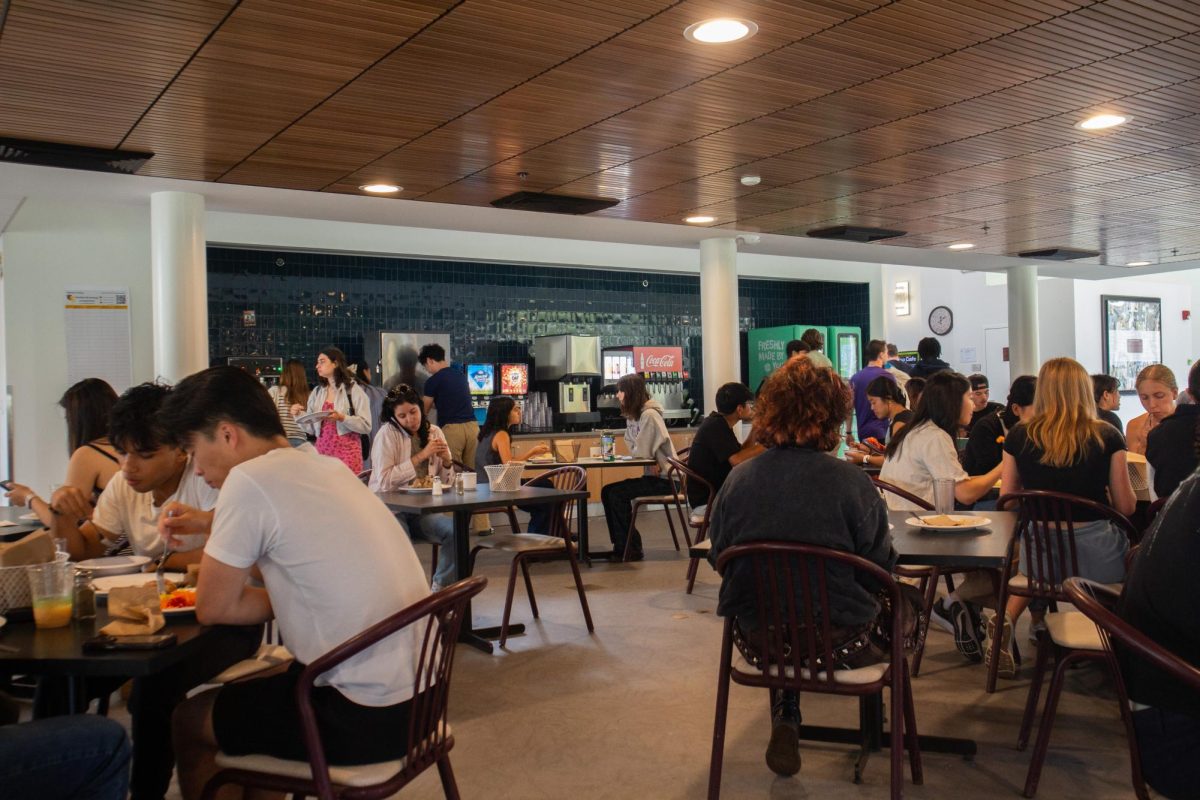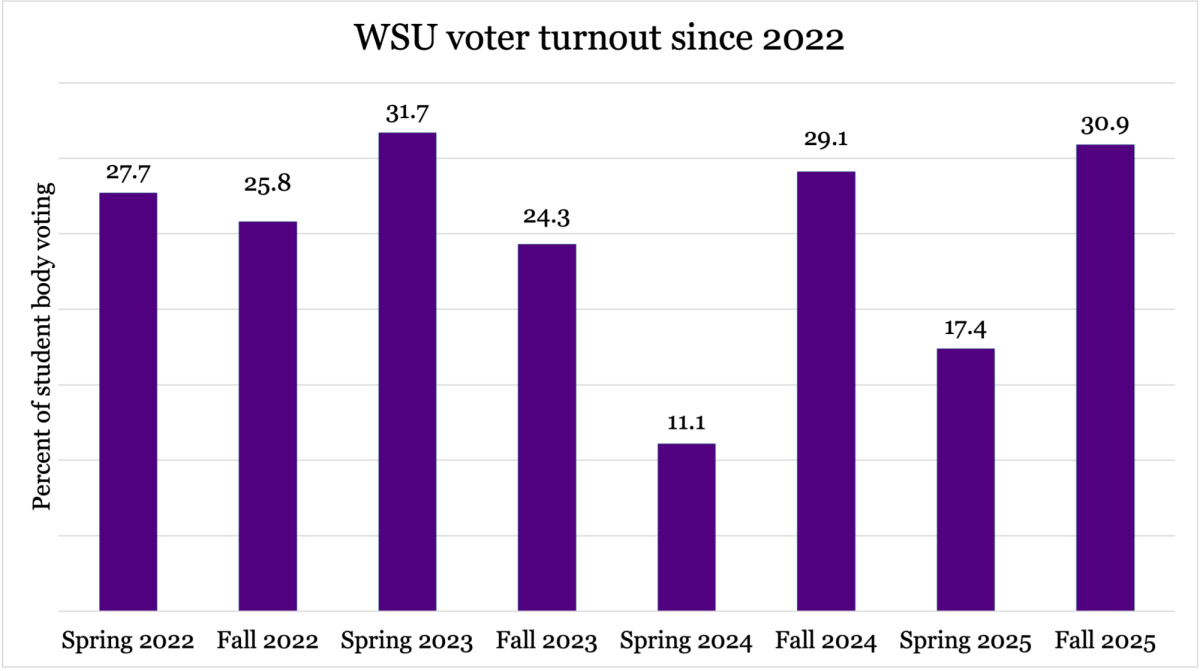
Last weekend, the Office of Institutional Diversity, Equity, and Inclusion (OIDEI), the ’68 Center for Career Exploration, the Office of Alumni Engagement, and the Davis Center (DC) held a series of events in conjunction with Bolin Legacy Mentorship Weekend — an alum engagement weekend that honors the legacy of Gaius Charles Bolin Sr., Class of 1889, the first Black graduate of the College — to celebrate the reopening of the DC’s new building complex.
The facility — a three-building complex that houses and supports campus programming and initiatives concerning access, equity, and inclusion — was closed in 2022 for a $27.5 million project, which included renovations to Jenness House and Rice House, as well as the construction of a new addition to replace Hardy House and a bridge to connect it to Rice. Programming for the weekend included alum events and panels as well as an opening ceremony and a celebratory block party.
“It took a lot of work to prepare; and the process was complicated — many people from different offices were working around the clock,” Assistant Vice President for Campus Engagement and Co-Director of the Davis Center Bilal W. Ansari wrote in an email to the Record. “There were things that had to be done in and outside of the building and some of the art work was being placed.”
The official reopening ceremony occurred on Saturday and featured speeches as well as student performances. Speeches acknowledged the history of the DC and the process of the Davis Center Building Project, which received widespread support and engagement. Speakers included Assistant Vice President and Director of Pathways for Inclusive Excellence and Co-Director of the DC D. Clinton Williams, Chair of Minority Coalition Steering Committee Palvasha Khan ’25, Vice President for Institutional Diversity, Equity, and Inclusion Leticia S. E. Haynes ’99, and President Maud S. Mandel [Editors Note: Khan, a managing editor of the Record, was not involved in the writing or editing of this piece.] Their speeches were followed by a drum circle of students, alums, and administrators, led by Tendai Muparutsa, co-director of Kusika and the director of Zambezi Marimba Band.
Student performances commenced with Xavier Wills ’27, a member of the R&B a cappella group Purple Rain and first-year representative for the Black Student Union (BSU). Wills sang “Lift Every Voice and Sing,” a hymn written in 1900 as a poem that was promoted by the National Association for the Advancement of Colored People as the “Black national anthem.” “I sang it a cappella,” he said. “For me, that song is vulnerable and emotional, and the Davis Center is a pretty meaningful building to be reopened. It just feels like it’s a sign that Black people are actually respected and valued and worthy of a space on campus.”
Purple Rain also performed as a group, along with Nothing But Cuties (NBC), the College’s hip-hop dance group, and
Casey Cai ’27, who performed a traditional Chinese dance. Members of NBC and Purple Rain expressed support for the Students for Justice in Palestine (SJP) sit-in that was also occurring in the space.
Johnathan Martir ’26, a community engagement fellow for the DC, said that the larger space defines the College’s commitment to connection and dialogue across the student body. Martir worked with College administrators to prepare for the opening. He delivered a speech at a dinner among alum donors, College administrators, and members of the Board of Trustees at the Williams Inn on Friday and moderated a panel discussion on “Telling your Authentic Story” with Field on Saturday. He recalled being struck by the weekend’s success as indication of the DC’s intended purpose of facilitating engagement and solidarity across groups and class years. “I saw so many people I’ve never seen before connecting with alumni and actually having interesting conversations,” he said. “It goes to show that we come from somewhere.”
For Wills, panels like the one moderated by Martir provided meaningful connections to past students. “I really liked meeting the alumni,” Wills said. “The most common advice was to be susceptible to change and trust in your intellect and in your gut that you’ll make it, even if it’ll be a process.”
The DC was originally founded in spring of 1988 when the Coalition Against Racist Education staged a sit-in at Jenness House, the home of the Dean of the College at the time. Students’ demands included a multicultural center, which opened in Jenness House before expanding into Hardy and Rice, eventually rededicated as “The Davis Center” after noted social anthropologist W. Allison Davis, Class of 1924, and political scientist and activist John A. Davis ’33. Rice House as a standalone building has its own internal legacy as the space that housed BSU after the group was moved from Mears House in 1983.
“We need to better educate about Rice House’s complicated institutional history,” Ansari said. “Two stand-alone affinity spaces on campus — the Jewish Religious Center and the Rice House — existed for decades as refuges against racism. Only one stands alone now. Despite being attached to the new Davis Center (for accessibility purposes), the integrity of the Rice House must be maintained as founded initially and as planned.”
As a broader coalition, the Davis Center has spearheaded programs including The Social Change Film Series, heritage events, and workshop and training offerings — but for many students, it is also defined by its physicality.
“It’s been very full circle for me,” Martir said, recalling seeing Rice House under construction while participating in the Summer Humanities and Social Sciences program in the summer before his first year, when the DC was temporarily relocated to Bascom House. Martir said that the move back to Jenness, Rice, and Hardy was bittersweet. “I still associate Bascom with a lot of community building, but it was really cool to get to give Rice House tours to alumni who have already been here and also to prospective students who will use that space,” he said.
“It makes me excited about the future. We can continue the work that we’ve been doing in a new space that’s way more open [and] way more spacious.”

For older students who remember the DC from before renovations began, the opening of the new complex marked both the long tradition of community-building efforts galvanized by students and a change from familiar and meaningful spaces. Rice House in particular holds specific histories tied to the building.
“It should be known that Rice living room, which has the mural, was named for Ray Whiteman ’82 who was a student during the commissioning of the original mural in the basement of BSU’s space in Mears House before the BSU was displaced and the mural was painted over,” Ansari said.
Students who once gathered in Rice mentioned feeling this history more acutely. “I think, knowing what old Rice was like, it’s personally jarring to see the new Rice,” said Tyler Smith ’24, co-chair of the BSU. “Rice was definitely in need of renovations — that building was falling apart at the seams — but I feel like it’s very blank now. I think once we’ve had the housewarming, that’ll change it. It doesn’t feel homey in the way that Rice did before.”
Melodie Nerestant ’24, the Community Engagement Coordinator for Students Of Caribbean Ancestry said that changes to the DC mark a sense of a generational renewal occurring within the new house.“Although the old Rice House was very homey, it was a little decrepit compared to the surrounding buildings,” she told the Record. “I’m really excited to see how the space is used by future Black students.” Ansari also touched on the generational elements of the new house, and of the weekends’ celebrations. “It was a weekend that moved to the Kendrick Lamar song-themed ‘Loving You is Complicated.’” Ansari said. “Some alums have a complicated relationship with Williams; current activist students have a complex relationship with Williams. At the end of the day, Black alumni and donors enjoyed this weekend with tears and laughter. That was my favorite part of the opening this weekend — it was complicated, and I loved it.”
Wills, a first-year, is part of the newest class to get to know Rice. For him, the house’s modern architecture and aesthetics do not impede its capacity to carry on traditional forms of solidarity and comfort. “I’m just excited to gather,” Wills said. “I love to sit down and yap, and having a place to do that — a space of rest — is really important.”
Editor’s Note: The original version of this article misspelled Xavier Wills’ last name. The error was corrected on the website on April 17 at 2:58 p.m.














